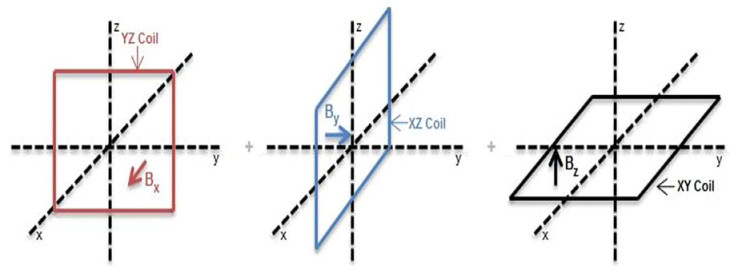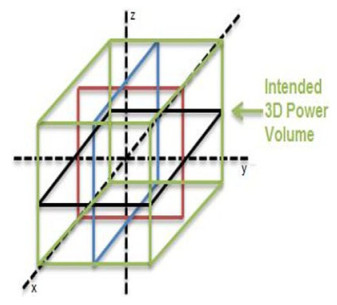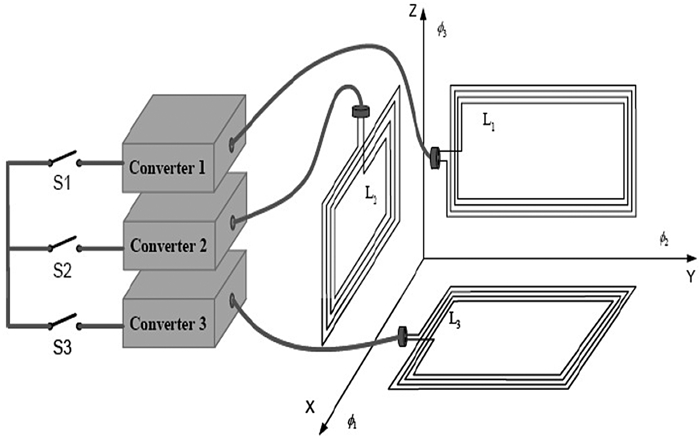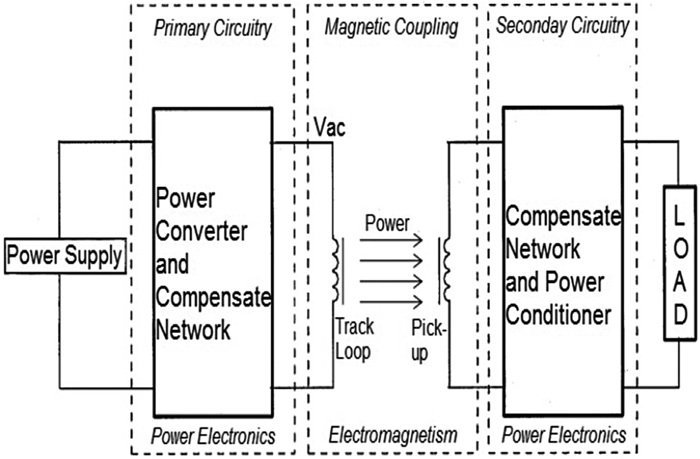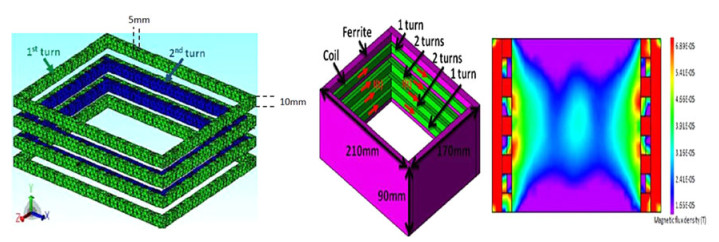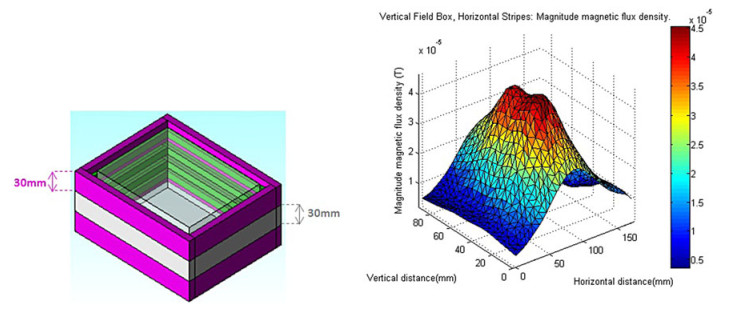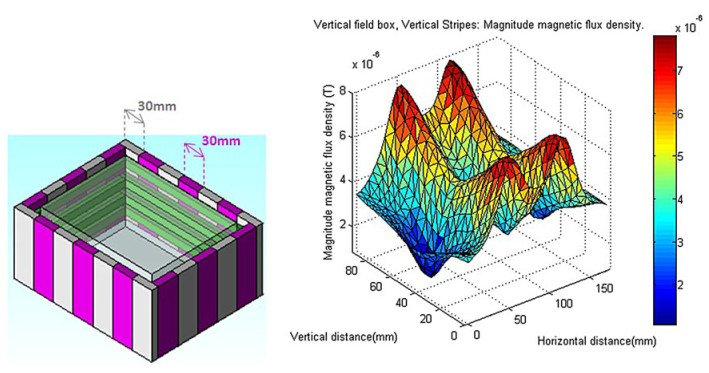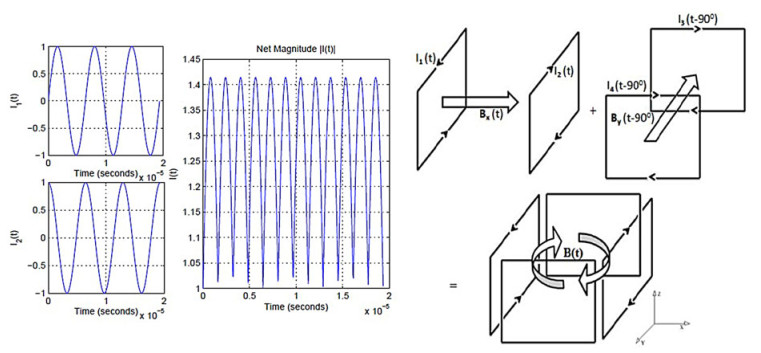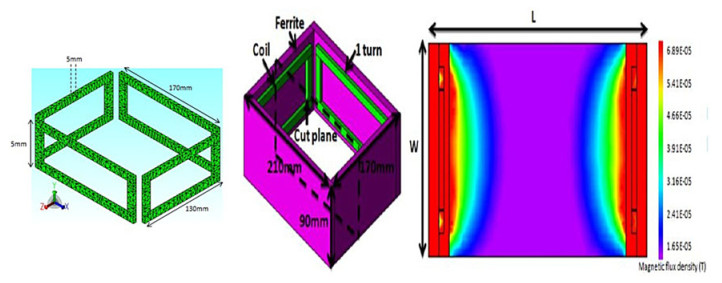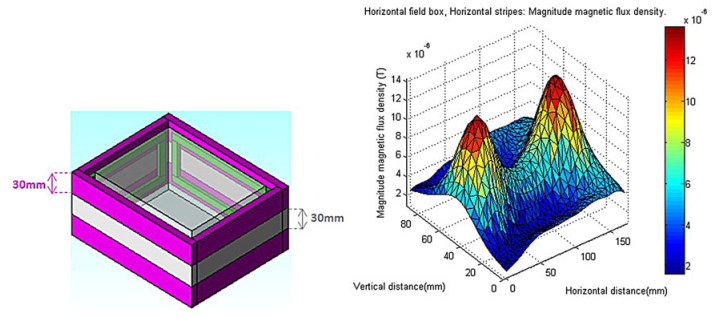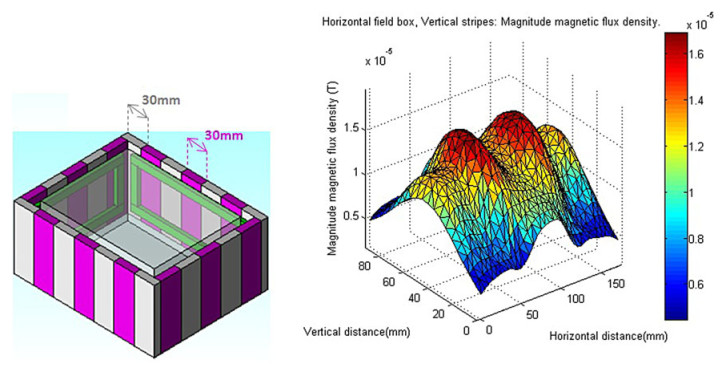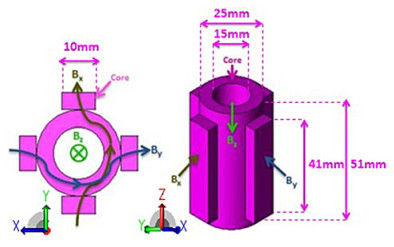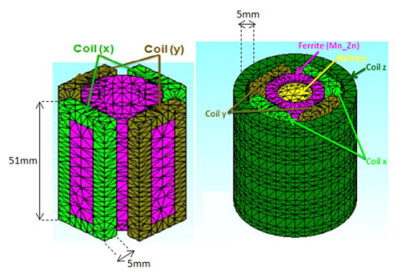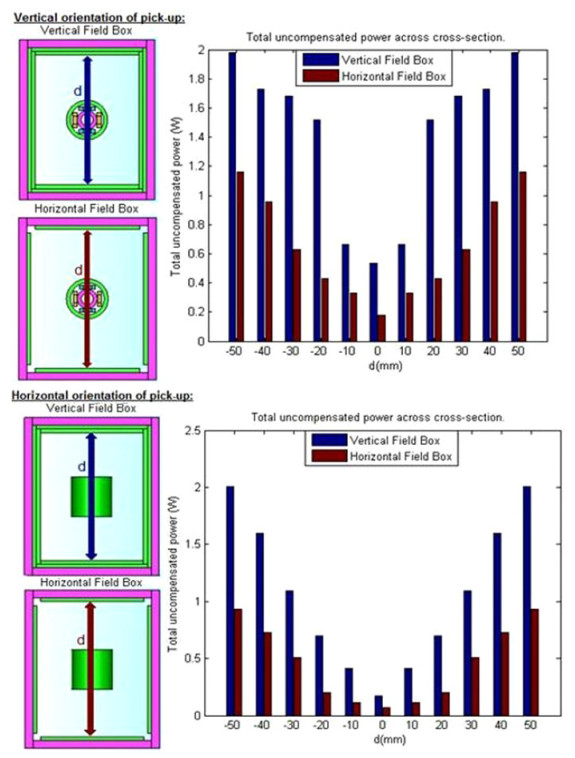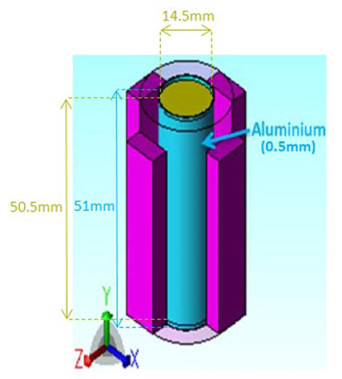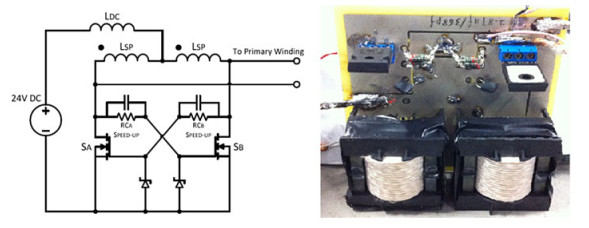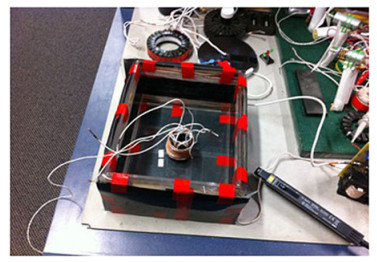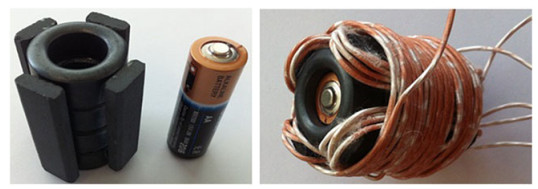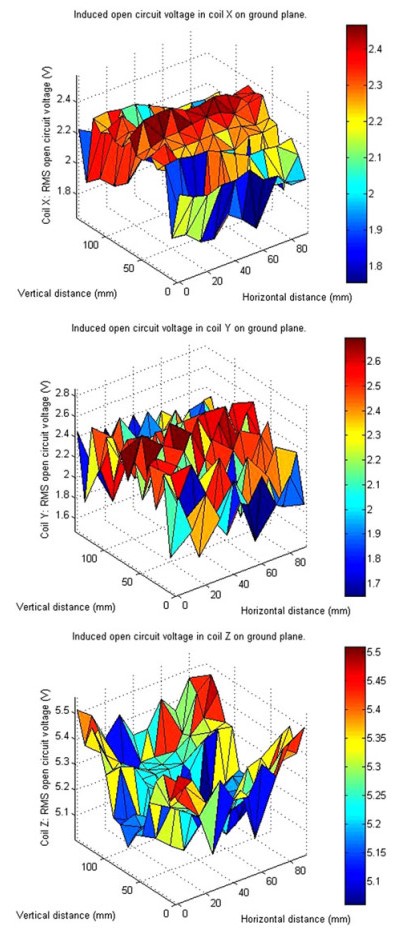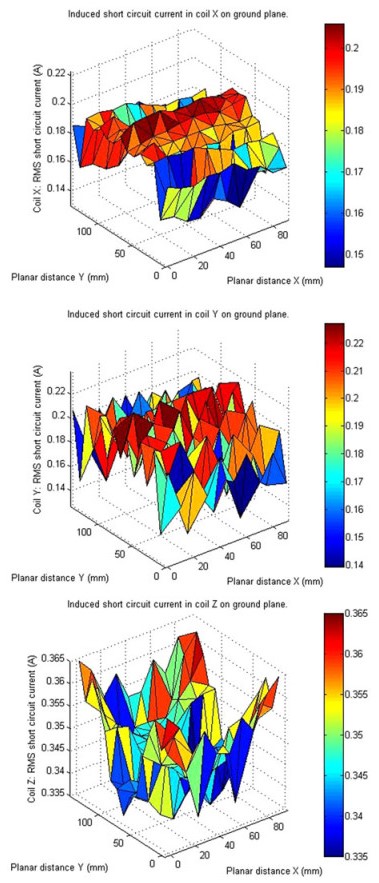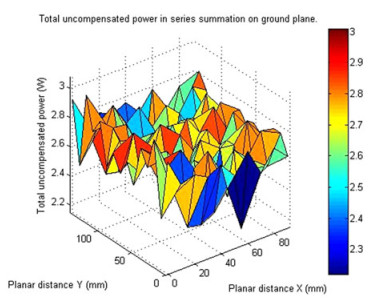3D inductive power transfer power system
-
Department of Electrical and Computer Engineering, The University of Auckland, Auckland, New Zealand
More Information
-
Author Bio:
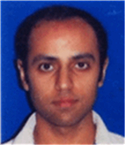 Pratik Raval
Pratik Raval received his Master's degree with first class honors in Electrical and Computer Engineering from The University of Auckland in 2010. Since 2011, he has been doing his Ph.D. in the research area of inductively coupled power transfer, electromagnetism and magnetics. The research consists of generating a three-dimensional wireless power transfer source for three-dimensional free positioning applications with effective electromagnetic shielding producing a low flux leakage.
 Dariusz Kacprzak
Dariusz Kacprzak graduated from the Lublin Technical University (Poland) in 1996. He obtained his Ph.D. from Kanazawa University (Japan) in 2001 in the field of eddy current testing for PCB defects. From 2001 to 2003, he was a Lecturer at The University of Auckland, New Zealand. Now, he is a Senior Lecturer at the same university. His is interested in magnetic modeling, nondestructive testing, and novel applications of electromagnetism..
 Aiguo P. Hu
Aiguo P. Hu graduated from Xian JiaoTong University, China, with BE and ME degrees in 1985 and 1988, respectively. He received his Ph.D. from the University of Auckland in 2001 before he worked as a lecturer, director of China Italy Cooperative Technical Training Center in Xian, and the general manager of a technical development company. Funded by Asian2000, he stayed in NUS (National University of Singapore) for half a year as an exchange research fellow. He holds eight patents in wireless/contactless power transfer and microcomputer control technology, published more than 130 referred journal and conference papers, authored the first monograph on wireless inductive power transfer technology, and contributed four book chapters on inductive power transfer modeling/control and electrical machines.
Patrick is currently the Director of Graduate Studies in the Department of Electrical and Electronic Engineering, the University of Auckland, New Zealand, and also a guest professor of ChongQing University. He is a Senior Member of IEEE, the former Chairman of IEEE Power Systems/Power Electronics Chapter, and the current Secretary/Treasurer of NZ North Section. He also served as Secretary/Treasurer of NZ Chinese Scientists Association and now sits on the organizing committee. His research interests include wireless/contactless power transfer technologies and application of power electronics in renewable energy systems
-
Corresponding author:
P. Raval Email: prav010@aucklanduni.ac.nz
-
Abstract
To date, the technique of inductive power transfer has found applications in industry including two-dimensional battery charging. However, this restricts any load to planar movements. This paper proposes custom designed magnetic structures of a loosely magnetically coupled three-dimensional inductive power transfer system. This is done via computational software utilizing the finite-element-method. More specifically, single-phase and multi-phase primary magnetic structures are proposed to distribute a power transfer window along three orthogonal axes. Next, a secondary magnetic structure is custom designed to induce electromotive force in three-dimensions. The proposed system is simulated to demonstrate power transfer for charging an AA-battery cell. Finally, the thermal effects upon the secondary load are considered.
-
About this article
Cite this article
Raval P, Kacprzak D, Hu AP. 2014. 3D inductive power transfer power system. Wireless Power Transfer 1(1): 51-64 doi: 10.1017/wpt.2014.7
|
Raval P, Kacprzak D, Hu AP. 2014. 3D inductive power transfer power system. Wireless Power Transfer 1(1): 51-64 doi: 10.1017/wpt.2014.7
|









 Pratik Raval received his Master's degree with first class honors in Electrical and Computer Engineering from The University of Auckland in 2010. Since 2011, he has been doing his Ph.D. in the research area of inductively coupled power transfer, electromagnetism and magnetics. The research consists of generating a three-dimensional wireless power transfer source for three-dimensional free positioning applications with effective electromagnetic shielding producing a low flux leakage.
Pratik Raval received his Master's degree with first class honors in Electrical and Computer Engineering from The University of Auckland in 2010. Since 2011, he has been doing his Ph.D. in the research area of inductively coupled power transfer, electromagnetism and magnetics. The research consists of generating a three-dimensional wireless power transfer source for three-dimensional free positioning applications with effective electromagnetic shielding producing a low flux leakage.  Dariusz Kacprzak graduated from the Lublin Technical University (Poland) in 1996. He obtained his Ph.D. from Kanazawa University (Japan) in 2001 in the field of eddy current testing for PCB defects. From 2001 to 2003, he was a Lecturer at The University of Auckland, New Zealand. Now, he is a Senior Lecturer at the same university. His is interested in magnetic modeling, nondestructive testing, and novel applications of electromagnetism..
Dariusz Kacprzak graduated from the Lublin Technical University (Poland) in 1996. He obtained his Ph.D. from Kanazawa University (Japan) in 2001 in the field of eddy current testing for PCB defects. From 2001 to 2003, he was a Lecturer at The University of Auckland, New Zealand. Now, he is a Senior Lecturer at the same university. His is interested in magnetic modeling, nondestructive testing, and novel applications of electromagnetism..  Aiguo P. Hu graduated from Xian JiaoTong University, China, with BE and ME degrees in 1985 and 1988, respectively. He received his Ph.D. from the University of Auckland in 2001 before he worked as a lecturer, director of China Italy Cooperative Technical Training Center in Xian, and the general manager of a technical development company. Funded by Asian2000, he stayed in NUS (National University of Singapore) for half a year as an exchange research fellow. He holds eight patents in wireless/contactless power transfer and microcomputer control technology, published more than 130 referred journal and conference papers, authored the first monograph on wireless inductive power transfer technology, and contributed four book chapters on inductive power transfer modeling/control and electrical machines.
Aiguo P. Hu graduated from Xian JiaoTong University, China, with BE and ME degrees in 1985 and 1988, respectively. He received his Ph.D. from the University of Auckland in 2001 before he worked as a lecturer, director of China Italy Cooperative Technical Training Center in Xian, and the general manager of a technical development company. Funded by Asian2000, he stayed in NUS (National University of Singapore) for half a year as an exchange research fellow. He holds eight patents in wireless/contactless power transfer and microcomputer control technology, published more than 130 referred journal and conference papers, authored the first monograph on wireless inductive power transfer technology, and contributed four book chapters on inductive power transfer modeling/control and electrical machines. 



